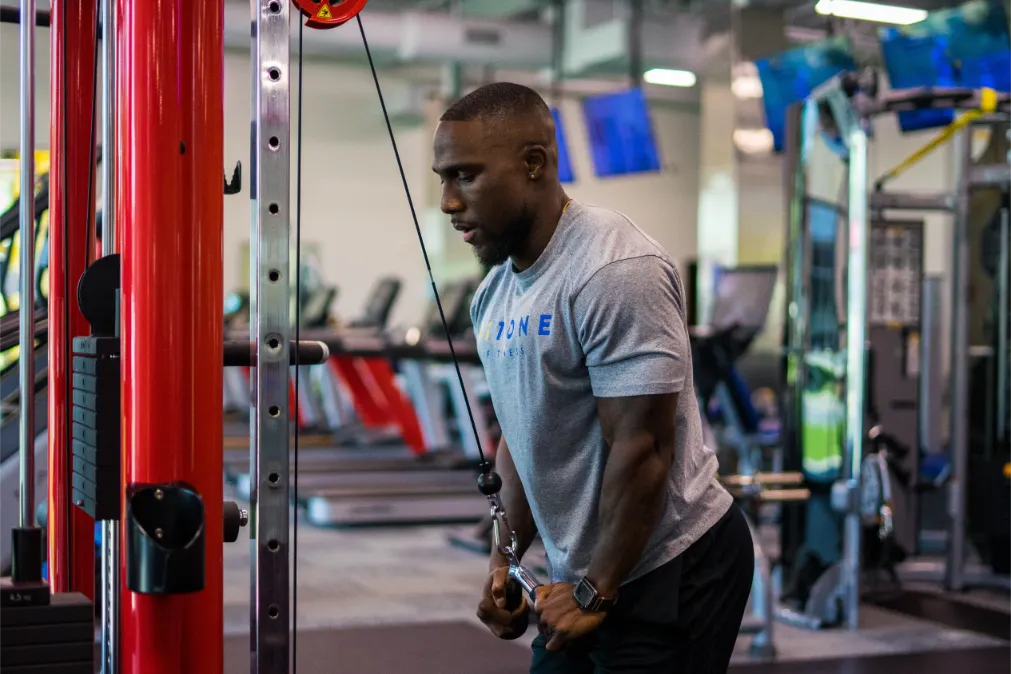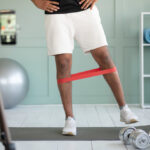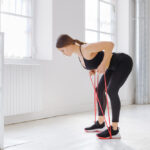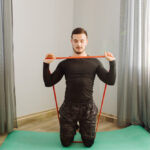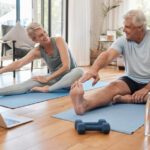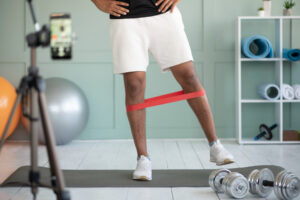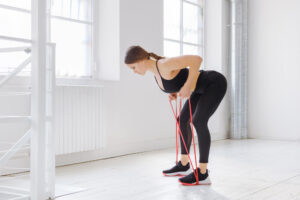Determining the optimal frequency of workouts is a common question among gym-goers in Lake City. The answer, however, is not a one-size-fits-all solution. It depends on various factors, including your fitness goals, current fitness level, schedule, and recovery capacity. Here’s some advice to help you figure out how often you should hit the gym.
Define your fitness goals
Your workout frequency should align with your fitness objectives. Are you aiming to build muscle, lose weight, improve endurance, or maintain overall health? Here’s a general guideline:
- Building muscle: For muscle growth, aim for 3-5 days per week, focusing on different muscle groups each session to allow for adequate recovery.
- Losing weight: For weight loss, combine 4-6 days of cardio and strength training. The emphasis should be on creating a calorie deficit while preserving muscle mass.
- Improving endurance: For endurance training, such as running or cycling, aim for 3-5 days per week, gradually increasing the duration and intensity of your workouts.
- Maintaining health: For general health and fitness, aim for at least 150 minutes of moderate aerobic activity or 75 minutes of vigorous activity per week.
Listen to your body
It’s essential to listen to your body and adjust your workout frequency accordingly. Overtraining can lead to fatigue, injury, and burnout. If you’re feeling particularly tired or sore, it may be a sign that you need to scale back or take a rest day. On the other hand, if you’re feeling energetic and strong, you might be ready to increase your workout frequency.
Incorporate rest and recovery
Rest days allow your muscles to repair and grow stronger. Make sure to include at least 1-2 rest days per week, depending on the intensity of your workouts. Try incorporating massage during rest days – it enhances muscle recovery, among other benefits.
Implement active recovery
Active recovery is a valuable component of any fitness regimen, especially if you’re feeling tired in certain body parts. It involves engaging in low-intensity exercise on your rest days or between intense workouts. The idea is to keep your body moving without overexerting the muscles that need rest.
Select activities that are gentle on the body and promote blood flow without causing further fatigue or stress. Some excellent options for active recovery include:
- Walking: A leisurely walk can help loosen stiff muscles and improve circulation.
- Yoga: Gentle yoga stretches can increase flexibility and reduce muscle tension.
- Swimming: The buoyancy of water provides a low-impact environment for full-body movement.
- Cycling: A light bike ride can help keep your legs moving without putting too much strain on them.
- Foam rolling: Using a foam roller can help release muscle tightness and improve mobility.
Consider your schedule and lifestyle
Your workout frequency should be sustainable and fit into your overall lifestyle. If you have a busy schedule, you might opt for shorter, more frequent workouts. Conversely, if you have more free time, you might prefer longer, less frequent sessions. The key is to find a routine that you can stick to consistently.
Gradually increase frequency
If you’re new to exercise or returning after a break, start slowly and gradually increase the frequency of your workouts. This will help prevent injury and allow your body to adapt to the new routine.
Final thoughts
The ideal workout frequency for gym-goers in Lake City depends on various factors, including fitness goals, current fitness level, and lifestyle. By defining your objectives, listening to your body, incorporating rest, and considering your schedule, you can determine the optimal workout frequency for your individual needs.
If you are looking for a gym in Lake City where you can take your fitness journey to the next level, make sure to claim a 3-day free pass at HiTone Fitness.

